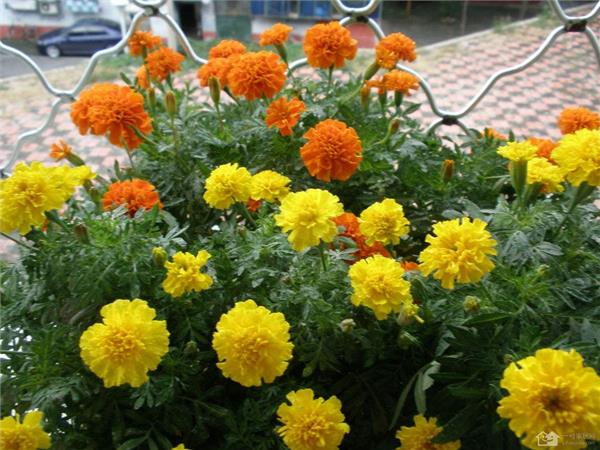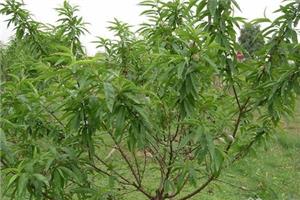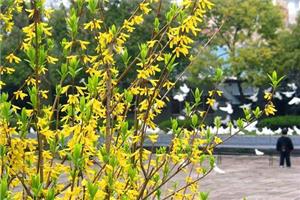Growth conditions of Malachite sowing and Propagation of Malachite
Peacock grass is a plant that likes light and needs plenty of sunlight when it is cultivated. Generally in spring and autumn can meet the needs of peacock grass for light, but pay attention to avoid direct sunlight in the summer of high temperature, but also shade at noon, but do not over-shade.

Growth Conditions of Peacock Grass
temperature
Basically, peacock grass can grow well between 10℃ and-30℃, and several points to pay attention to are: the temperature in winter should be kept above 5℃, so it is not easy to cause freezing damage; before flowering, the temperature is best kept between 12℃ and-15℃; during daily maintenance, the temperature is best kept at 20℃ or below.
water and fertilizer
Water and fertilizer are very important for peacock grass. When watering, make sure the soil is dry before watering, and then water it thoroughly, but be careful not to overdry it. Fertilization is generally 7- 10 days can be fertilized once, but in winter low temperature season need to reduce fertilization. In general, some base fertilizer should be applied first when planting, and topdressing should be carried out if soil fertility is not enough.
upper pot
Generally, when the seedlings of peacock grass grow to 2- 3 leaves, they need to be potted. When they are potted, they can use flowerpots with a diameter of 10- 15cm. After the pots are potted, there is basically no need to change pots.
pest
The common disease of peacock grass is root rot, which can be controlled by root irrigation with thiophanate-methyl. Pests are mainly red spiders.
breeding
The propagation of peacock grass is generally carried out by sowing and transplanting. Sowing takes place between November and March. Interpolation can take place between June and August.
Seed propagation of peacock grass
Sowing is a common way for peacock grass to reproduce. When sowing and reproducing, it will generally be carried out between November and March. In warmer places, it can be sown all year round. When sowing can be used in direct seeding, or indoor pot sowing.
The seeds of the peacock grass can be harvested separately, and can be sown directly when sowing, or the seeds can be sown by using loose soil as a seedbed. After the sown medium is disinfected, the seeds can be sown, and the vermiculite can be slightly covered to ensure that the germination temperature is between 22 and-24 DEG C. Generally, the seeds can germinate in one week. After sowing, it can be transplanted into pots after about one month of growth.
In addition, it can be self-broadcast. Peacock grass vitality is relatively strong, generally if not harvested in time, seeds scattered to the ground, in the right temperature and humidity conditions, it can grow on its own.
Interplant propagation of peacock grass
In addition to sowing and breeding, peacock grass can also be inserted.
The time of peacock grass is mainly in summer and autumn, with June-August as the best. Generally, when inserting, you can remove the tender shoots of peacock grass, the length is about 10cm, you can insert them in the flowerpot, or you can insert them directly. After insertion, it needs to be shaded, the survival rate is high, and it can be quickly formed.
Peacock grass, which is usually planted in summer, can bloom between August and December.
Notice on the reproduction of peacock grass
It should be noted that according to the different varieties of peacock grass, the flowering time is also different, generally from sowing to flowering takes about 40- 70 days. Therefore, when sowing, you can choose the right sowing time to make it bloom at the right time.
Pay attention to maintaining proper temperature and humidity during seedling stage to prevent diseases and insect pests and plant necrosis.
If you still want to know more about it, you can continue to pay attention to No.1 Home Network.
Related
- Wuhan Hospital Iron Tree Blooming Result Was Instantly Frightened by the Gardener Master
- Which variety of camellia is the most fragrant and best? Which one do you like best?
- What is the small blue coat, the breeding methods and matters needing attention of the succulent plant
- Dormancy time and maintenance management of succulent plants during dormancy
- Minas succulent how to raise, Minas succulent plant pictures
- What are the varieties of winter succulent plants
- How to raise succulent plants in twelve rolls? let's take a look at some experience of breeding twelve rolls.
- Attention should be paid to water control for succulent plants during dormant period (winter and summer)
- Watering experience of twelve rolls of succulent plants
- Techniques for fertilizing succulent plants. An article will let you know how to fertilize succulent plants.



